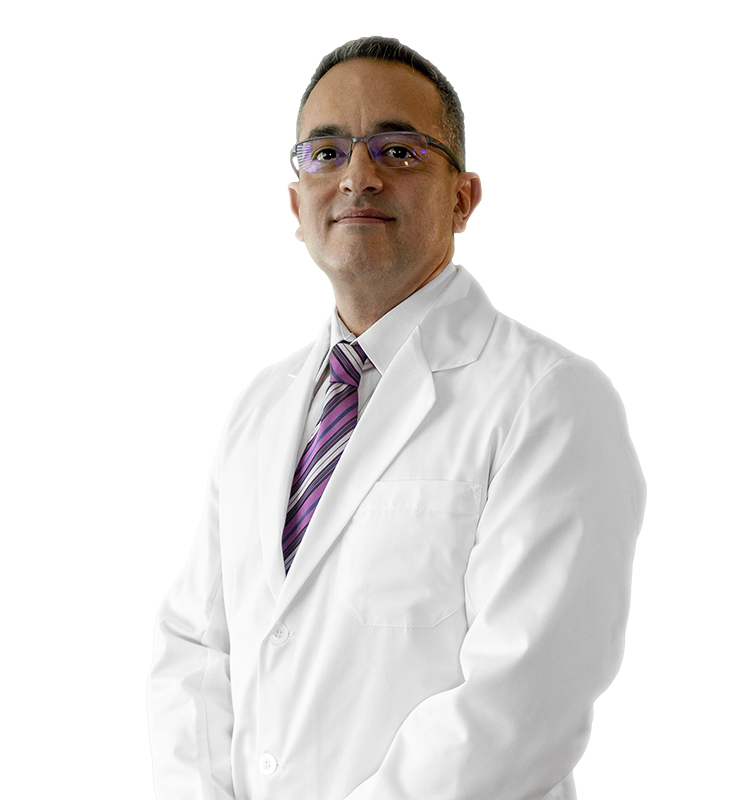Polycystic ovaries
Polycystic ovaries are a very common condition in women. This term refers to the presence of numerous small cysts on the surface of the ovary when analyzed on ultrasound. These small cysts are nothing more than antral follicles, that is, follicles that can potentially evolve and mature into the oocyte that is inside.
Some women with this ovarian ultrasound pattern may have regular cycles, ovulate, and eventually become pregnant spontaneously; but others are usually accompanied by other characteristics that when gathered generate a condition called Polycystic Ovarian Syndrome (PCOS).
Women with PCOS have irregular menstrual cycles and evidence of hyperandrogenism (androgen excess) such as acne, hirsutism (excess body hair), and alopecia. As there is no progressive follicular development, they usually have long cycles with a lack of ovulation, and hence reproductive difficulties.
The lack of ovulation implies long periods of time with a sustained estrogenic effect (generated by the small follicles) on the endometrium, unopposed by progesterone, which favors the appearance of polyps, endometrial hyperplasia and endometrial cancer.
Many women with PCOS have insulin resistance, whether or not they are obese (which is also common), and the resulting hyperinsulinism also promotes weight gain and ovarian malfunction by contributing to hyperandrogenism. It is estimated that 30% of women with PCOS have glucose intolerance, which if not corrected can lead to type II diabetes.
PCOS then has connotations for the general health of the patient, as well as gynecological and reproductive health, which is why it must be addressed on all these fronts.
